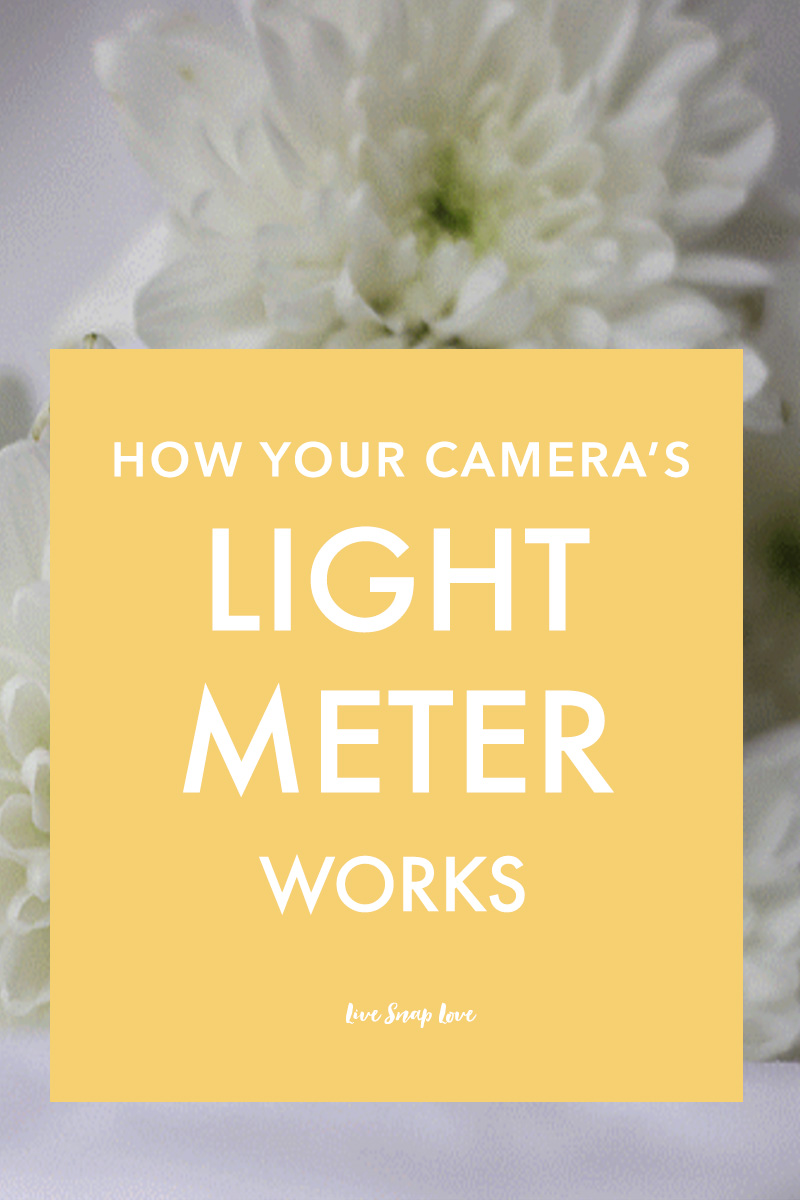How Your Camera's Light Meter Works
When you are shooting in Manual Mode (or any other mode for that matter!) you are probably using your camera's in-built light meter to "read" the light available in the scene and tell you when you have reached the correct exposure. When the little bar on your meter is at 0, that is your camera telling you that your image will be correctly exposed....in theory at least! However, sometimes, our camera's light meter can get it wrong, sometimes horribly so! But if you know how it works, then you know when you need to change it - so here's a guide to how to camera's light meter works....
Your Camera Only Wants Grey....
Let's start by looking at what your camera is trying to do when it gets the bar saying "0". In order to set exposure, your camera will strive to make everything in the frame reach a middle gray (known as 18% gray). If you have a nicely balanced light and even range of tones in your image, then your camera will do an excellent job in judging the correct exposure. However, if you are shooting a scene which is predominantly lighter or darker, you will probably find that your camera over or under exposes the image, even when the meter is saying 0!
When Your Camera Will Underexpose
A good example of this would be taking pictures in lots of snow - the camera sees all this white and tries to get it as close to this middle gray as it can. Of course, it has to darken the image to do this and therefore will underexpose your picture. Similarly, if you were taking an image of a bride wearing a white dress in a room with white walls - again, your light meter will get itself all confused and underexpose.
When Your Camera Will Over Expose
At the other end of the scale, say where there is a lot of shadow or black in your image, your camera will see all that black and try to lighten it to make it middle grey. Three guesses for what you would get now? Yip, an over-exposed image. Some example of this might be photographing a black cat in a dark room, or a man wearing a dark suit in a dim church.
An Example....
I'm quite a visual person so I've taken a couple of shots that might demonstrate what I'm talking about a little better.
Here is some pictures I have taken of a white flower on a white background. The first image is taken by setting my camera to 0 - where the camera is telling me the image will be properly exposed. As you can see the picture is dark and grey, and definitely underexposed. All that white y'see...
This next image was taken when I have deliberately overexposed the image by 1 1/2 stops (it was a guess) Much better!
This last photo was taken after I had set my meter using a Gray Card (which costs around $10) to get the most accurate exposure. It's not terribly far removed from the exposure I guessed at (more luck than judgement I promise you) but definitely better!
The good news is that once you are aware of how your camera behaves in these situations you can take steps against it. Shoot in Manual Mode and instead of getting the meter to read at 0, make it read over or under depending on your scene. (Not sure which settings to use in manual mode? Be sure to download the FREE manual settings cheat sheet below!)
A second option is to use an Expodisc (more on how to do that here) or a Grey Card to set exposure. An Expodisc is more reliable than your camera's internal meter, as it reads the light falling on your subject, not reflected light. A grey card helps by giving your camera the middle grey it is looking for, so it can set exposure correctly. Using either of these methods means you don't have to guess the correct exposure - you have the tools to tell you what you need to expose for!
If you are just starting out this does seem a bit daunting I know, but I promise that before too long you will be able to quickly judge whether you need to compensate or not, based on tones of the scene around you. Knowing how your camera works is half the battle!




